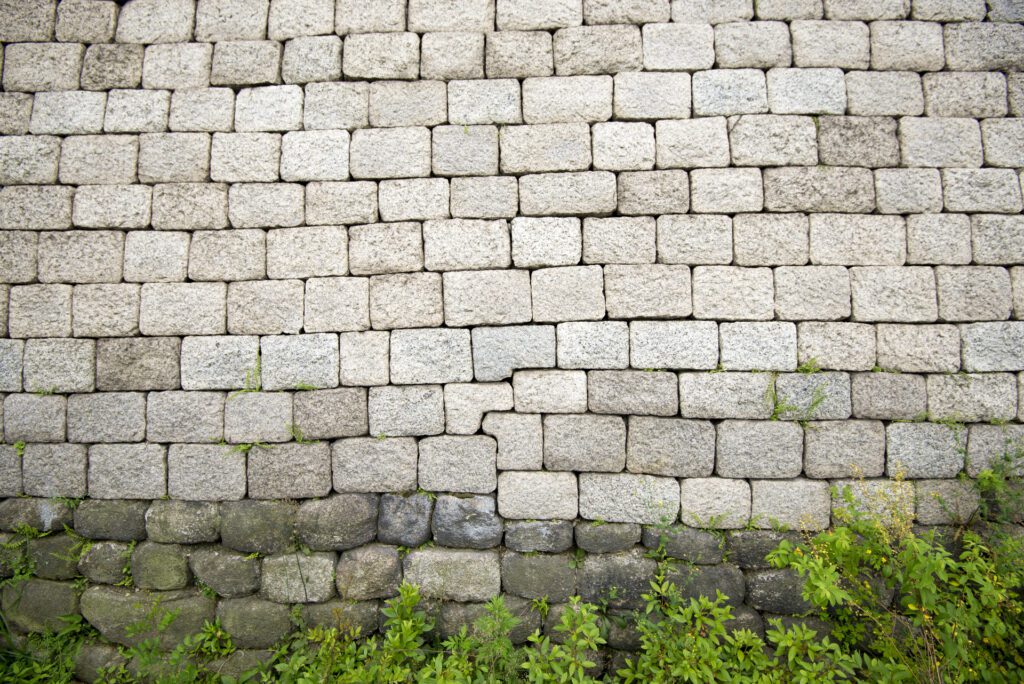Do you have a beautifully landscaped garden that just won’t stay in place? Or perhaps it’s been looking a bit flat…no problem! Adding anchored retaining walls can improve your outdoor space easily.
Used to hold soil in place, an anchored retaining wall is perfect for creating garden levels, tiered beds, or simply enhancing the terrain. It can also be used in building sites, so if you have construction needs, Opting for the anchoring services of retaining wall contractors may be the preferred approach.
Also called a tie-back system, an anchored retaining wall basically consists of anchors, cables, and thin walls. Anchors are installed into the ground to balance the foundation and the load is then supported by the retaining walls, held in place by strong cables connecting the anchors and walls. Occasionally, these structures will be enhanced using concrete and steel rods.
Advantages of Anchored Retaining Walls
Loads of advantages come with anchoring retaining walls! Some of them include:
- More stability. Using cables and an anchor deeply inserted into the soil will provide your anchorwall with a reliable level of stability.
- Support heavier loads. Similarly, the strength of the cables combined with the size and location of the anchor allows for much bigger loads.
- Slimmer than other options. The anchorwall used is much thinner, making it easier to transport and build in addition to saving space!
- Economical. Requiring less maintenance than other options, anchored walls are a great long-term choice.
- Slope protection. The main purpose of retaining walls is to hold soil in place, so this option is perfect for slope creation and maintenance.
- Safer excavation. For bigger construction jobs, including the anchor means a safer building site.
New Life Installation
Before installation, there are some important factors to consider.
- Location. An anchored retaining wall can change not only the look and feel of your property but also the water flow.
- Space. Anchored retaining walls can be used in any location, but are especially suited for small spaces.
- Style. New Life Rockeries has many options for design, so think about which style would best suit your needs.
Anchoring retaining walls is fairly straightforward. Firstly, the soil will be moved into its proper place, any necessary holes will be dug, and the ground flattened out. Next, the base material will be laid onto the prepared ground.
The anchor blocks will be installed and, after they are in place, the backfill will be added. The soil behind should be compacted so the tiebacks (rods or wires) have a better hold. At a 15-45 degree angle, the tiebacks are drilled through the retaining wall deep into the soil behind.
If you’ve been wishing for a new and improved garden, backyard, or front walkway, an anchored retaining wall may be just the thing you’ve been missing.
Contact New Life about potential anchored retaining wall installations today about your specific needs. Our friendly team can provide a quote!


